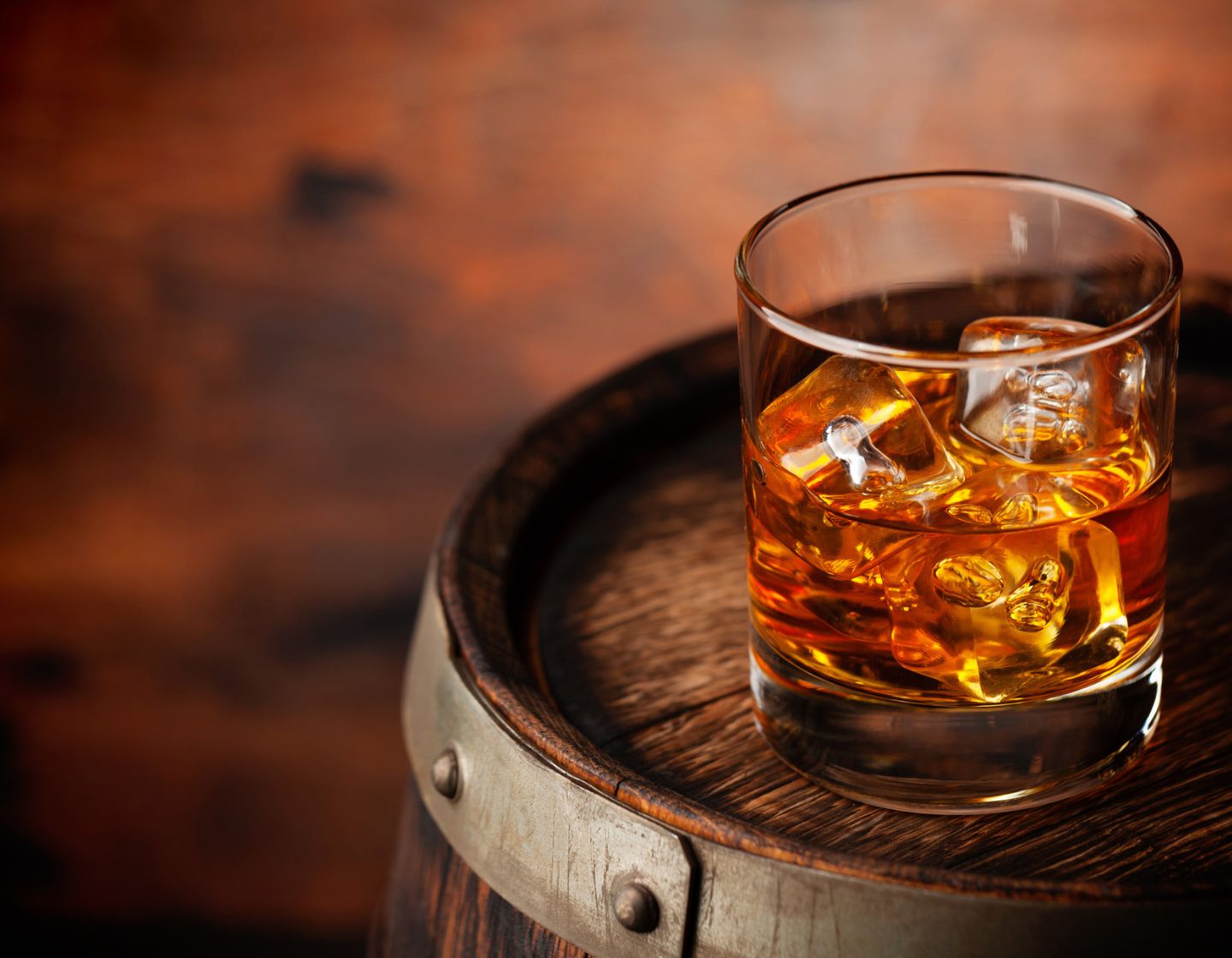
Scotch Whisky: History and Production
The Scotch story dates back more than 500 years. How is this iconic whisky made, and how can the finished product be enjoyed?
Estimated reading time: 18 minutes
WHAT IS SCOTCH WHISKY?
Scotch Whisky is a distilled beverage made from grain, such as barley, wheat, or rye. To be classified as Scotch Whisky, it must be aged in Scotland, in oak casks for a minimum of three years before being bottled at a minimum strength of 40% abv.
Want an insider’s look at how Scotch whisky is made? Join Ervin Trykowski, Global Whisky Ambassador & Emma Walker, Johnnie Walker Master Blender in the video below, as they take us on a journey from grain to glass.
WHERE IT ALL BEGAN
People have been distilling spirits in Scotland for over 500 years. Back then, the spirit produced was referred to as ‘Uisge Beatha’ or ‘the water of life’ as it translates from the Gaelic.
As the centuries went by and distillation methods improved, considerable advances in the creation of the spirit were made. We have monks to thank for spreading their distilling expertise as they moved from monasteries into the communities where they put their skills to use. News of distillation methods soon spread from village to village and some people believed the spirits could be used for a range of things including health, prolonging life, and even in the treatment of smallpox. There is, however, no evidence to suggest the distilled spirits had any health benefits.
The years ticked by and ‘uisge beatha’ became known as whisky. It had become an integral part of life in Scotland and was frequently offered to visitors upon arrival at their destination as a welcoming toast.
A revolution in the Scotch story happened when grain whiskies first started being produced in the 1830s. The blending of these lighter grain whiskies with the more intensely flavoured malt whiskies widened the appeal of Scotch considerably. It was in this arena that a man by the name of John Walker built his reputation for blending whiskies from the four corners of Scotland.
HOW IS SCOTCH WHISKY MADE?
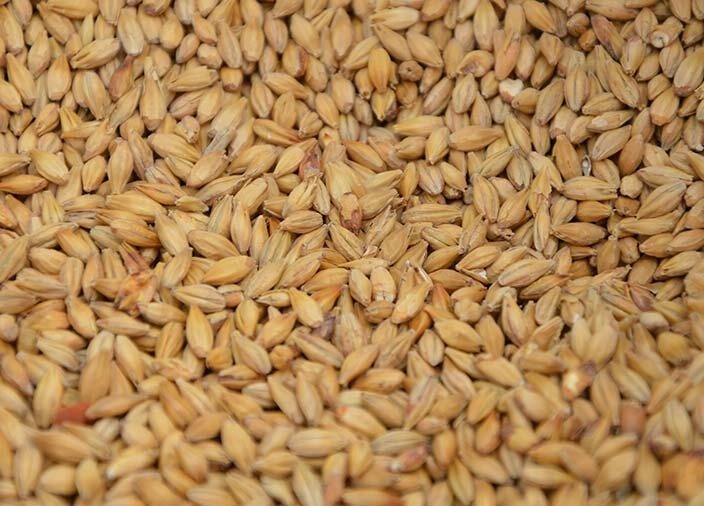
HOW IS SCOTCH WHISKY MADE?
You can learn everything about whisky production, all the way from grain to glass, by watching the video at the top of the page. In summary, there are six key steps:
Malting
Barley grains are soaked in water then dried and toasted in a kiln. Peat smoke can be used here to increase the whisky’s smokiness.
Mashing
The dried, malted barley is ground into a coarse powder known as grist and mixed with hot water in a mash tun to dissolve the sugars from the grist, creating a sugary liquid known as ‘wort’.
Fermentation
The wort is transferred to fermentation vessels called ’washbacks’ before yeast is added to convert the sugars into alcohol and carbon dioxide through fermentation. This produces a liquid called ‘wash’.
Distillation

Distillation
The wash is distilled in traditional pot stills or continuous column stills. Pot stills are batch distillation systems (a legal requirement for producing single malt Scotch whisky), that produce a more complex and flavourful spirit. Column stills are used for continuous distillation, resulting in a lighter spirit commonly associated with blended Scotch whisky.
Maturation
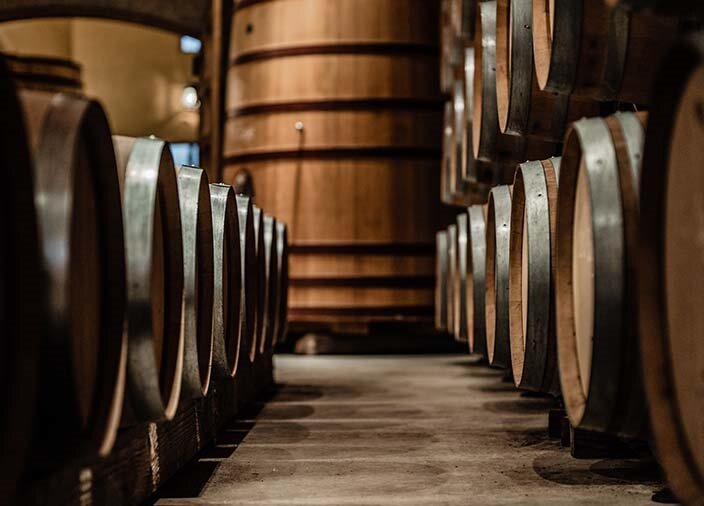
Maturation
The type of casks used, often oak previously used for aging other spirits or wines, and the length of aging, significantly influences the whisky's flavour profile. While the minimum stipulated period a Scotch whisky must be aged is three years in casks, most are aged for longer periods. As it matures in warehouses, it interacts with the wood and air; absorbing flavours from the wood and gaining colour, all of which help develop complexity of flavour and aroma.
WHAT ROLE DO CASKS PLAY?
Anywhere between 30-70% of a whisky’s flavour will develop as it matures in the oak casks, because of the spirit’s interaction with the wood. Hence, the type of cask used for maturing Scotch whisky can have a significant impact on the flavour, aroma, and overall character of the final product. Different types of cask can contribute to the whisky through their wood composition and their previous contents. Some of the more common types of casks used for maturing Scotch whisky are:
EX-BOURBON CASKS
These are a staple in Scotch whisky maturation, they are American white oak casks previously used for aging bourbon whiskey. Ex-bourbon casks typically provide flavours such as vanilla, caramel, coconut, and spice.
EX-SHERRY CASKS
Ex-Sherry casks, often (but not exclusively) made from European oak, are popular for their ability to add rich, fruity, and sometimes nutty flavours to the whisky.
REFILL CASKS
These casks have been used for maturing Scotch whisky multiple times and hence are less active in flavours, resulting in a more subtle wood influence and allowing the original character of the spirit to shine. Especially useful for maturing light whiskies such as grain whisky.
REFURBISHED CASKS
Important especially when considering sustainability and cost-effectiveness. Refurbished casks are casks that have been previously used for maturing whisky or other spirits multiple times over an extended period. The casks are exhausted and no longer able to contribute flavours and need to undergo various processes to prepare them for re-use in the whisky industry. The casks are taken apart, cleaned, and re-charred or re-toasted to rejuvenate the interior surface.
It's important to note that many distilleries use a combination of cask types to create a diverse range of flavours and profiles. The choice of cask and its history greatly influences the final character of the whisky, making the maturation process a critical aspect of Scotch whisky production.
WHAT IS BLENDING?
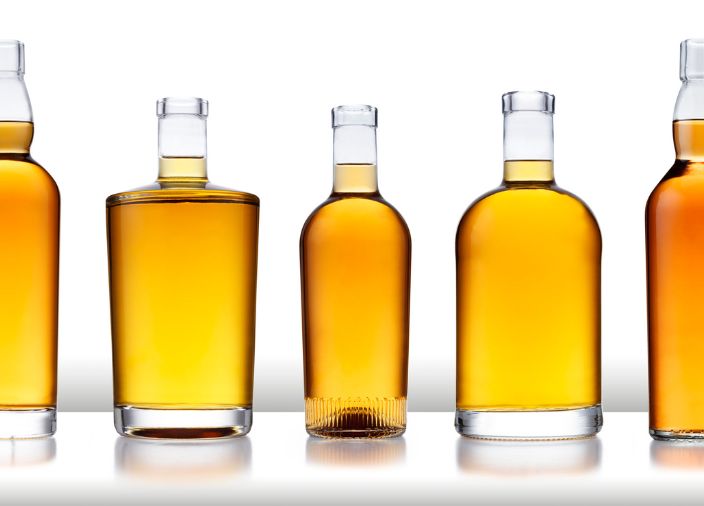
WHAT IS BLENDING?
Blending is the part of the process where art meets science and several casks are blended together to create a consistent and balanced liquid. In the case of a single malt Scotch whisky, this is when a number of casks from the same distillery are blended together. In the case of blended Scotch whisky, it is when casks from more than one Scottish distillery are blended together.
Blending is a highly skilled process that involves mixing different whiskies together to create a final product that is greater than the sum of its parts. Each individual whisky has its own flavour and character, so it is down to the knowledge, expertise and intuition of the blending team to select the right whiskies at the right age to produce a Scotch whisky that is consistently exceptional.
PEOPLE, PASSION AND CRAFT
Learn about the people that are taking the age-old process of producing Scotch Whisky forward, and their love and care of the liquid and the industry itself. This video talks about how large-scale whisky production still has the core, authentic approach firmly at its heart.
WAYS TO ENJOY SCOTCH WHISKY
There is no right or wrong way to enjoy Scotch whisky. Some people enjoy it neat with no ice or water, but certain Scotch whiskies come alive with a dash of water, as it can help release subtle nuances in the flavour. Others prefer theirs on the rocks. Scotch whisky plays a hugely important role in cocktail culture worldwide and has done for generations, whether it’s in a classic Old Fashioned or something as simple and easy as a Scotch and soda in a Highball glass.
TYPES OF SCOTCH WHISKY

TYPES OF SCOTCH WHISKY
Single malt Scotch whisky – produced using only malted barley at a single distillery by batch distillation in pot stills. It must be bottled in Scotland.
Single grain Scotch whisky – made from unmalted grains such as wheat, or corn and small amount of malted barley at a single distillery. Often produced by continuous column distillation.
Blended Scotch whisky – a blend of one or more single malt Scotch whiskies with one or more single grain Scotch whiskies.
Blended malt Scotch whisky – a blend of single malt Scotch whiskies, which have been distilled at more than one distillery.
Blended grain Scotch whisky – a blend of single grain Scotch whiskies, which have been distilled at more than one distillery.
Key serves

Skye's the Limit
The lillet blanc and earthy sage complement the powerful, spicy maritime flavours of Talisker Skye.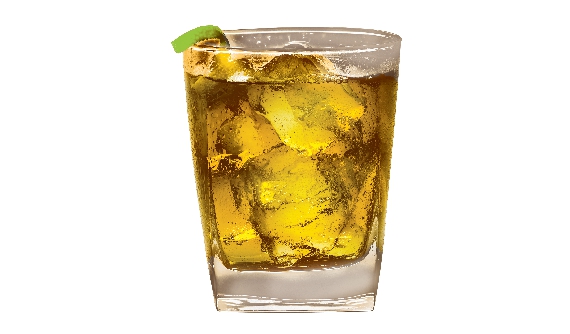
Scotch & Ginger
In the mood for something bold and bubbly? Try J&B Rare Blended Scotch Whisky with ginger ale...smooth and spicey with plenty of pizzazz!
Scotch Screwdriver
Perk up your screwdriver with a wee dram o' scotch! Johnnie Walker Red Label Blended Scotch Whisky with Smirnoff Green Apple and orange juice on the rocks...how the Striding Man himself drinks it!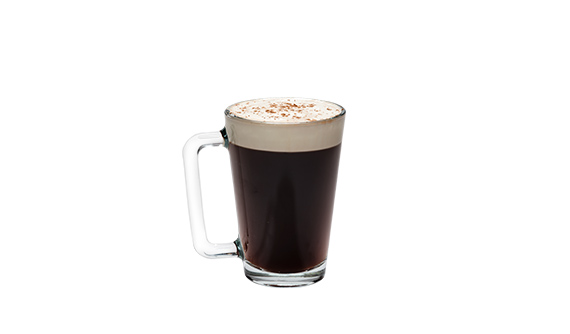
Scotch Coffee
Scotch in coffee is a winning combo...Johnnie Walker Black Label is mixed hot with coffee and cream in this delicious, warming classic.
Scotch Ice Cold
Discover Gold. An ice cold dram of Johnnie Walker Gold Label Blended Scotch Whisky - a scintillating combination of honey, heather, peat and smoke...seductively smooth.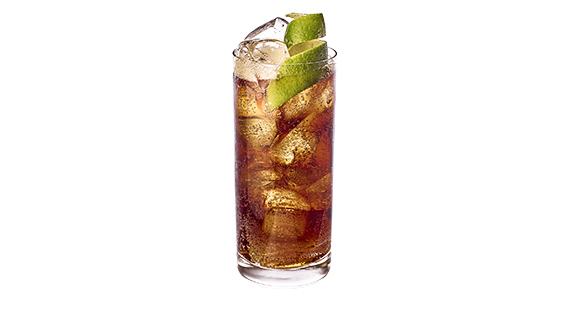
Scotch 'n' Stormy
Haig Clubman, carefully combined with rich craft cola and a zing of lime.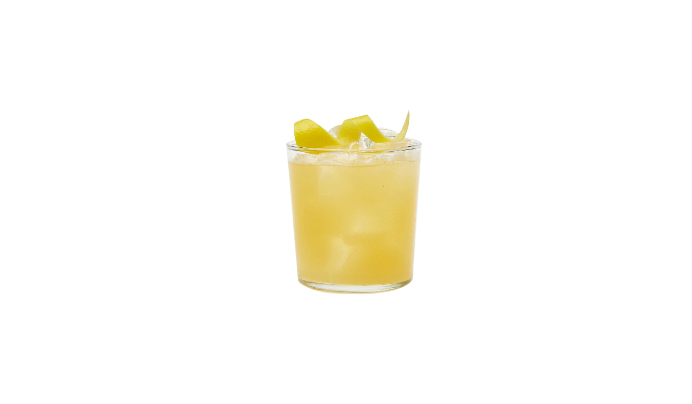
Black Label Sidecar
How they drink their Sidecars in Scotland! A mouthwatering combo of Johnnie Walker Black Label Blended Scotch Whisky with orange liqueur, fresh lime and sour...Slainte!
6 KEY FACTS ABOUT SCOTCH
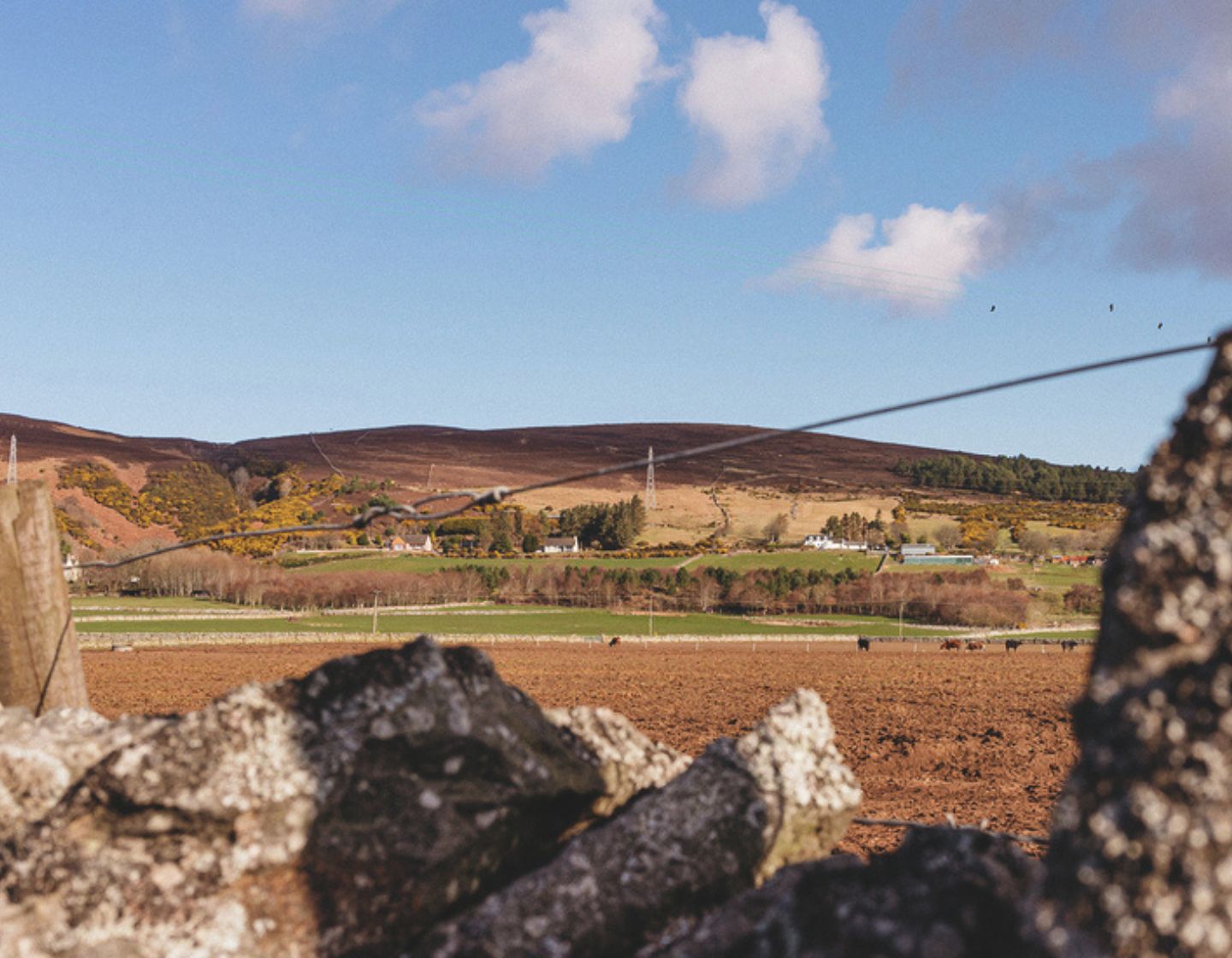
6 KEY FACTS ABOUT SCOTCH
Scotch can only be made in Scotland.
Scotch must be matured in oak casks for a minimum of three years and have a minimum ABV of 40%.
Only three basic raw materials are used to make Scotch - water, cereals and yeast.
A blended scotch whisky can contain over 100 different scotch whiskies (although usually between 20-40).
The age on a bottle of any single malt or blended scotch whisky refers to the youngest whisky used to make the product.
There are over 140 distilleries in Scotland - every drop of scotch in the world will have come from one or more of them.
RELATED CONTENT
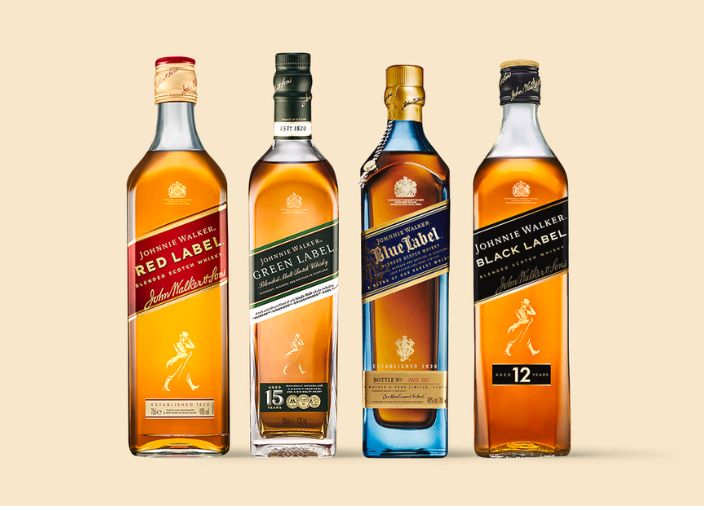
Johnnie Walker
Discover the world-renowned flavours of Johnnie Walker whisky. Explore our collection of premium blended Scotch whiskies and experience true craftsmanship.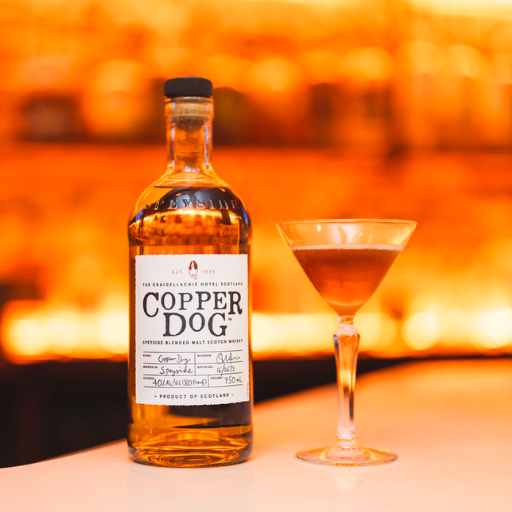
Copper Dog
Scotch, but not as you know it. Find out how you can use this rascal in your bar.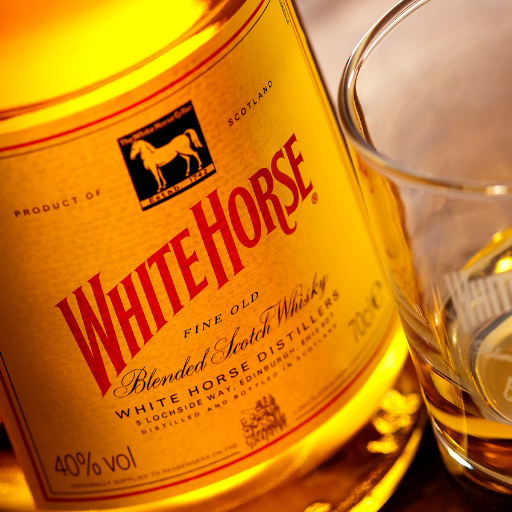
White Horse
Taking its name from a famous Edinburgh inn, White Horse is a historic Scottish brand with a rich history. Find out what makes this brand so popular around the world.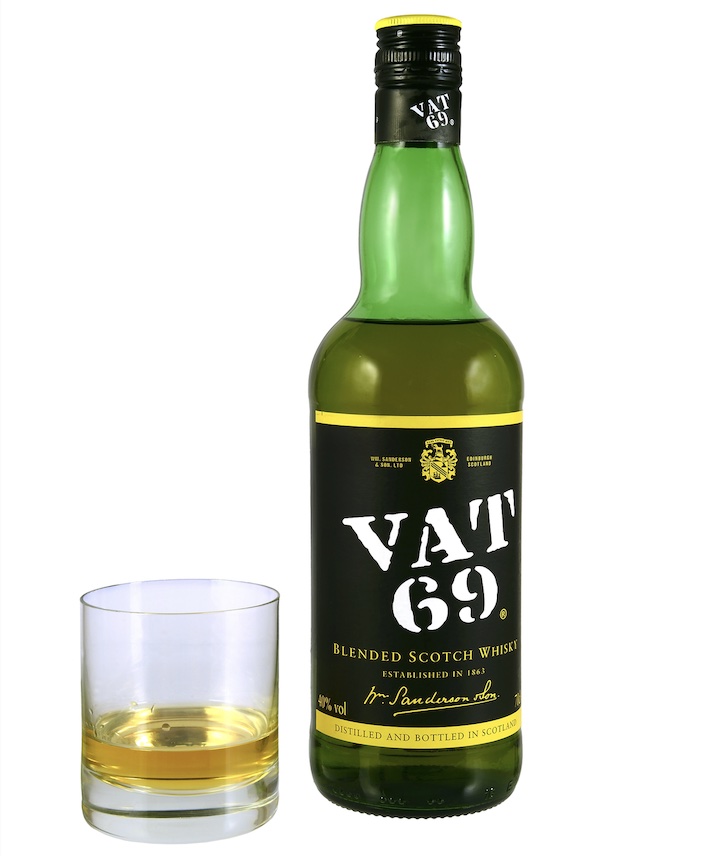
Vat 69
Vat 69 Blended Scotch Whisky is reliable and accessible - a rugged but canny personality.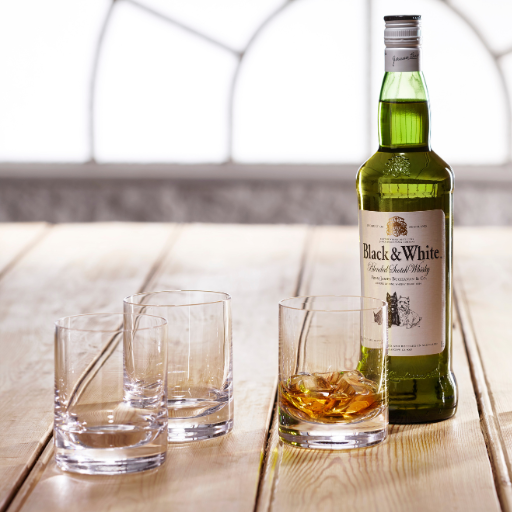
Black & White
Discover the story behind Black & White, an accessible blended Scotch whisky enjoyed across the world.
Buchanan’s
Find out why Buchanan’s is a brand loved by whisky fans across the world.
